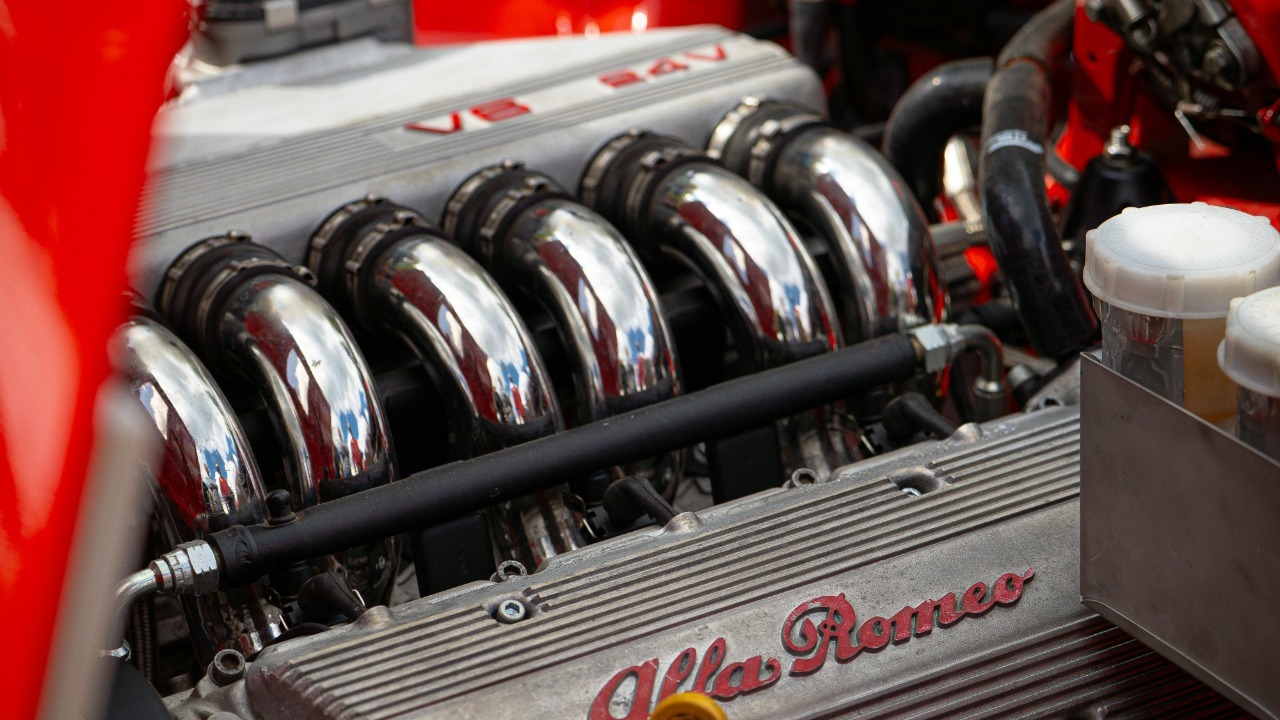
Despite the existence of seven-cylinder engines in other applications, they remain conspicuously absent from passenger cars. This scarcity is not due to a lack of innovation or exploration, but rather a combination of engineering challenges, historical precedents, market demands, and cost factors. As we delve into the world of automotive engineering, we’ll uncover why seven-cylinder engines are not found in cars, SUVs, and trucks, and explore the alternatives that have taken their place.
Engineering Principles Behind Cylinder Counts
Odd-numbered cylinder configurations, such as seven cylinders, inherently present balance and vibration issues. These complications can disrupt smooth operation, making them less desirable than even-numbered configurations. The firing order and crankshaft design in seven-cylinder engines can lead to uneven power delivery, which is not ideal for everyday passenger vehicles that require consistent, smooth performance. These technical hurdles make the implementation of seven-cylinder engines in cars, SUVs, and trucks a complex and challenging task, as explored in a July 2025 report.
Historical Absence in Automotive Design
Since the early 20th century, engine designs have predominantly featured four-, six-, and eight-cylinder configurations. These choices were driven by manufacturing simplicity and reliability. While there have been rare prototypes or concepts that tested seven-cylinder layouts, they failed to reach production for passenger cars. The question of why cars lack seven-cylinder engines has been a longstanding one, as noted in a November 2025 inquiry.
Applications Outside Passenger Cars
Seven-cylinder engines are not entirely absent from the world of machinery. They find their place in motorcycles, aircraft, and marine vessels, where their unique characteristics provide advantages like compact power. Specific models and manufacturers have successfully employed seven-cylinder radial engines in these non-automotive contexts. Despite their absence in cars, seven-cylinder engines do exist and serve a purpose, as observed in an October 2025 piece.
Market and Cost Factors
Consumer demand plays a significant role in shaping the automotive industry. The market favors reliable, fuel-efficient even-cylinder engines, which sidelines niche odd-cylinder options. Additionally, production economies of scale come into play. The tooling for seven-cylinder engines proves cost-prohibitive for low-volume car applications. These factors contribute to the absence of seven-cylinder engines from mainstream vehicles like cars, SUVs, and trucks, as discussed in the July 2025 report.
Performance Alternatives in Modern Vehicles
Modern vehicles have found alternatives to larger cylinder configurations. Advanced four-cylinder turbocharged engines deliver comparable power, as seen in top 2025 SUVs. BMW, for instance, assured on July 21, 2025, that their M performance engines would retain output amid regulatory pressures, thereby avoiding the need for unconventional cylinder counts. This commitment was highlighted in a July 2025 announcement. The best four-cylinder SUVs of 2025 exemplify these efficient high-performance options.
Future Prospects for Odd-Cylinder Innovations
While the current landscape may not favor seven-cylinder engines, potential shifts driven by electrification and hybrid technology might revive interest in unique cylinder configurations. However, regulatory and emissions standards that prioritize even-cylinder efficiency over experimental designs could pose challenges. The future of seven-cylinder engines in cars remains a topic of ongoing debate, as noted in the November 2025 perspective.
More from MorningOverview